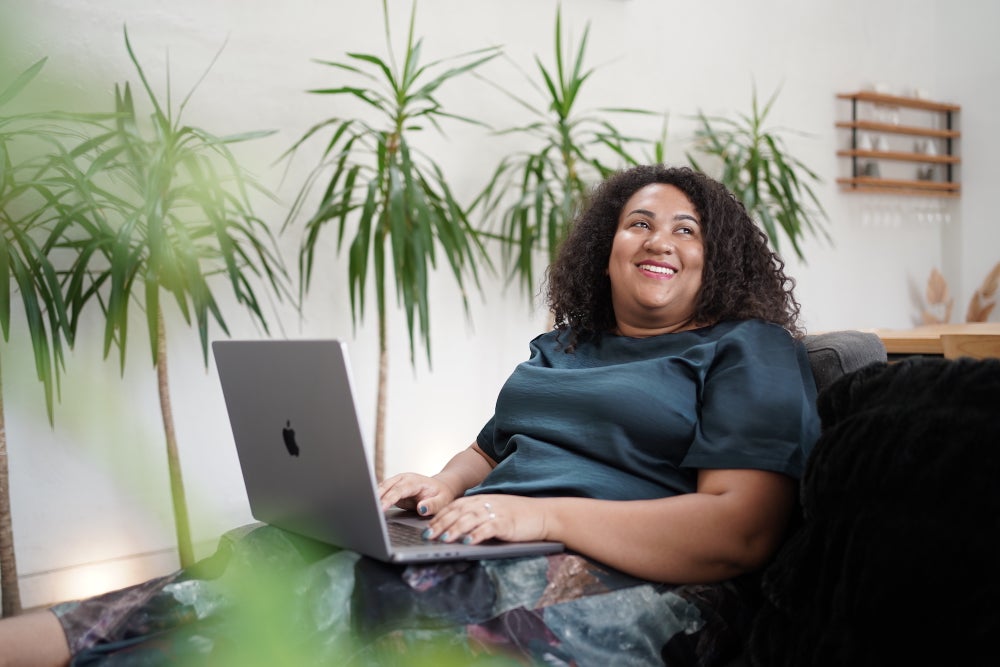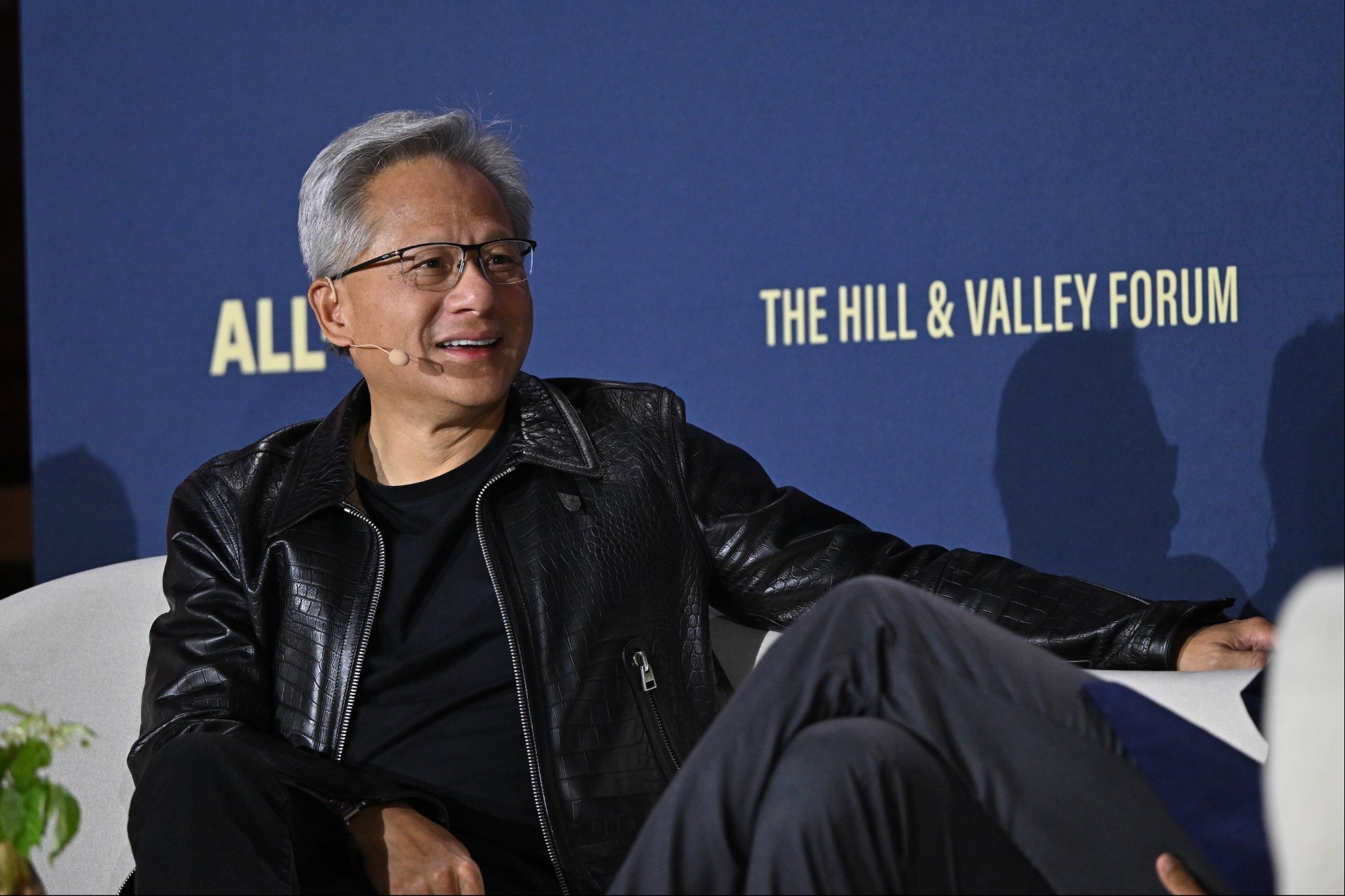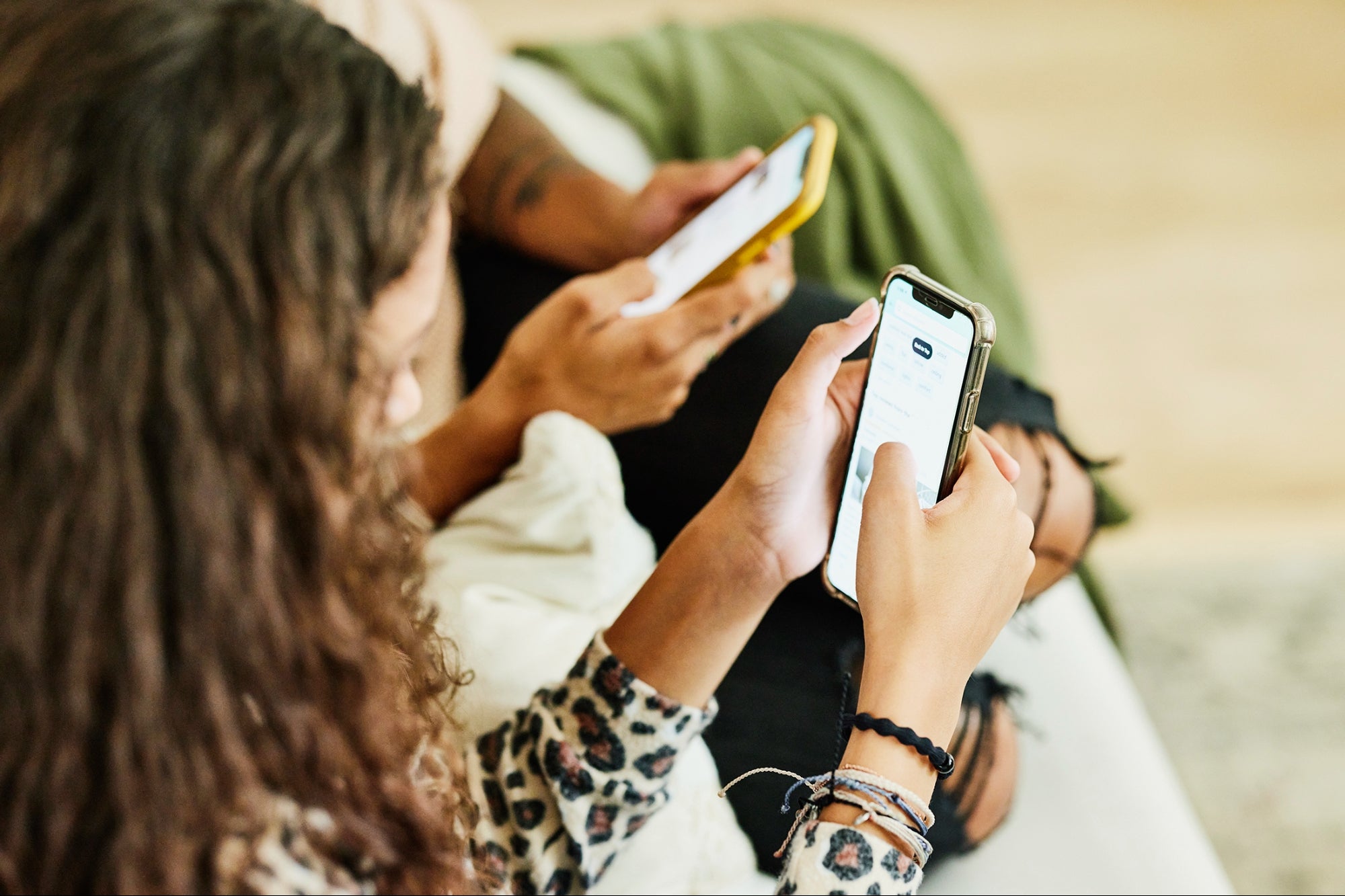I Quit My Corporate Job to Start a Business. Here's How I Went From Having $35,000 Credit Card Debt to Making $4 Million. Courtney Allen, founder and CEO of presentation design agency 16x9, "recklessly" left corporate life behind in 2015 to pursue BIZ Experiencesship.
By Amanda Breen Edited by Jessica Thomas
This as-told-to story is based on a conversation with Courtney Allen. Allen is the founder and CEO of 16x9, a global presentation design agency, and is based in Seoul, Korea. Learn how she turned her freelancing gigs on Upwork into a multimillion-dollar business.
The piece has been edited for length and clarity.

I started freelancing while at my corporate job to earn extra income during the evenings and weekends. But in 2015, I realized that working for someone else wouldn't necessarily provide the freedom and empowerment I was looking for. I wanted to control when and where I worked and remove the cap on how much money I could earn.
So, to be honest, I recklessly quit my corporate job, mailed back my laptop and actually started a travel company without much of a plan except a love of travel and a Facebook sales post, which turns out is not the best way to start a business. That venture turned into $35,000 in credit card debt and borrowed money, so I quickly realized I needed another way to generate income. I decided to go back to my roots by offering ad-hoc presentation design services and signed up for Upwork towards the end of 2015.
I started as a solo freelancer on Upwork, picking up projects here and there. But then I was really fortunate that one of my earlier clients was Yelp, which requested 50 sales presentations. At that point, I started to get a little bit overwhelmed. I had picked up a couple of projects at that time that involved multiple presentations. I was lucky to still have a great relationship with the designers I had worked with at my corporate job, so I began subcontracting and built a core team over the years.
Related: Freelance vs. Full-Time: How to Decide Which Is Best for You
There are always lessons to be learned, even now, but one of the biggest, especially as I started to grow the business, was learning how to actually run a business. Before that point, I had only worked for someone else, so I had to take on all those roles and responsibilities: sales, marketing, administrative work. I had to maintain good client relationships, evolve with the gig economy and keep up with emerging trends and technologies.
Today, I stay competitive in the growing freelance marketplace by focusing on connection and community and utilizing social media as a tool. I speak about business or freelancing with a variety of different people: a mentor, a mentee, a business coach, online groups of fellow presentation designers (Presentation Guild) and full-time freelancers. Sharing our issues, inquiries, insights and inspiration has been invaluable and the quickest path to breakthroughs for me.
I connect with clients about three days a week: Monday, Tuesday and Thursday for about four hours. I generally work a split shift, so I'll work a few hours in the daytime in Korea or wherever I'm based, then a few hours in the evening on East Coast time. Keeping that consistency, even though that means 11 p.m. to 3 a.m. for me a majority of the weeknights, helps build trust with my clients and ensure my team can get all of the work done, no matter where we're located.
Related: 11 Best Websites to Find Freelance Jobs and Make Extra Money
One of the best parts of having a flexible, remote business is the freedom to travel. I probably travel upwards of three months a year. I love having global experiences while doing everything on my laptop and maintaining an income. I also have full control of my earning potential, which is a very motivating challenge.
From a practical standpoint, if I could do it over again, I probably would have begun freelancing more diligently while transitioning from my corporate job so that I already had some client relationships established and some revenue coming in before leaving. Doing the hard stop wasn't necessarily the most financially wise decision. Additionally, as I began scaling, I would have learned a little bit more about what goes into running a company as far as social media, business development, marketing yourself and even people management.
Related: How to Run a 6-Figure Freelance Business in 20 Hours a Week
My main piece of advice is that you have to be persistent and consistent as a freelancer to reach success. Many people tend to give up before that tipping point. For instance, early on, I was ghosted by a client and only received 10% of the project fee — $50. But I kept going, and the client after that paid me $15,000 for my work. I've been very fortunate to earn over $2 million on the platform and over $4 million in my business. I always wonder what direction my life would have taken if I had given up after that initial bad experience. So you really have to keep going.










